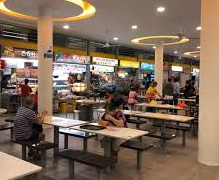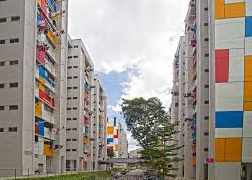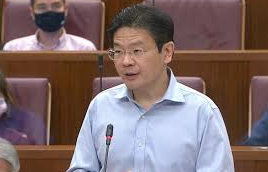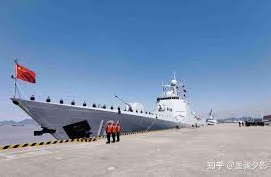Exploring the journeys of students and professionals who defied timelines to pursue their dreams
When we’re young, the world feels full of endless possibilities. Dream jobs seem within reach, and time appears to be on our side. However, as reality sets in, we face life’s complexities and difficult decisions, including whether to pursue university or dive straight into the workforce.
Some feel the pressure to graduate quickly and keep pace with peers entering the job market. Others choose work over higher education, valuing real-world experience. Yet, life doesn’t always follow a linear path. Some discover their passions later, prompting a return to the classroom, while others reevaluate their chosen career after years of professional experience.
The pressing question remains: Is there ever a wrong time to pursue higher education?
Finding the Right Fit
For Indonesian student Yukiyo Touw, figuring out the best academic path early on proved essential. After excelling in chemistry during secondary school, Yukiyo took a gap year after finishing his International Baccalaureate.
“I wanted to explore the field and ensure my chosen programme was the right fit,” he shares. His internship at a palm oil company cemented his passion and led him to Singapore Institute of Technology (SIT)’s Chemical Engineering programme. The university’s Integrated Work Study Programme (IWSP) particularly appealed to him, offering extended work placements that simulate real-world employment.
“A degree is the best way to secure the job I want,” Yukiyo says. He views this academic detour as a vital investment in his future.
Balancing Work and Study
G. Ishani, another SIT student, knew her passion for computer engineering early on but wanted to blend academics with real-world experience. She chose SIT’s Applied Computing Competency-based Stackable Micro-credentials (CSM) Pathway, which combines degree studies with full-time work in the Infocomm Technology sector.
“Work and study go hand in hand,” Ishani explains. Her programme equips her with practical skills that complement her job at Singtel.
For Ishani, the flexibility of the CSM programme maximizes her time, allowing her to explore the IT industry while earning her degree. “It’s a good way to figure out what you like and dislike,” she notes.
Mid-Career Changes
For some, entering the workforce early helps clarify their true calling. Janice Chua, for instance, started as a Technical Officer in the engineering field but soon realized it wasn’t for her.
After two years, she pivoted to IT, inspired by the challenges of the COVID-19 supply chain crisis. She returned to university at 24 to pursue supply chain management, confident that the shift aligned with her interests.
Similarly, Leon Boon Yung Yen transitioned from industrial design to web development before joining SIT’s Applied Computing CSM programme. “The programme bridges the gap between theory and real-world implementation,” he says, adding that the dual focus on earning and learning has been transformative.
Returning to School Later in Life
At 41, Tai Kit Ping returned to academia to pursue her passion for physiotherapy. After working in sports and health for years, she felt drawn to the field but needed a degree to practice professionally.
Balancing family responsibilities and academic challenges, Kit persevered, completing SIT’s Physiotherapy programme in 2023. She now works at KK Women’s and Children’s Hospital and encourages others to take the leap, saying, “It may change your life—or at least your perspective.”
A Flexible Future
Whether they’re fresh graduates or seasoned professionals, the students and alumni of SIT demonstrate that there’s no fixed timeline for pursuing education. From balancing full-time jobs with studies to making mid-career shifts, each journey reflects the value of adapting to life’s evolving priorities.
As Kit says, “It’s never too late to challenge yourself. Education can open doors you didn’t know existed.”








